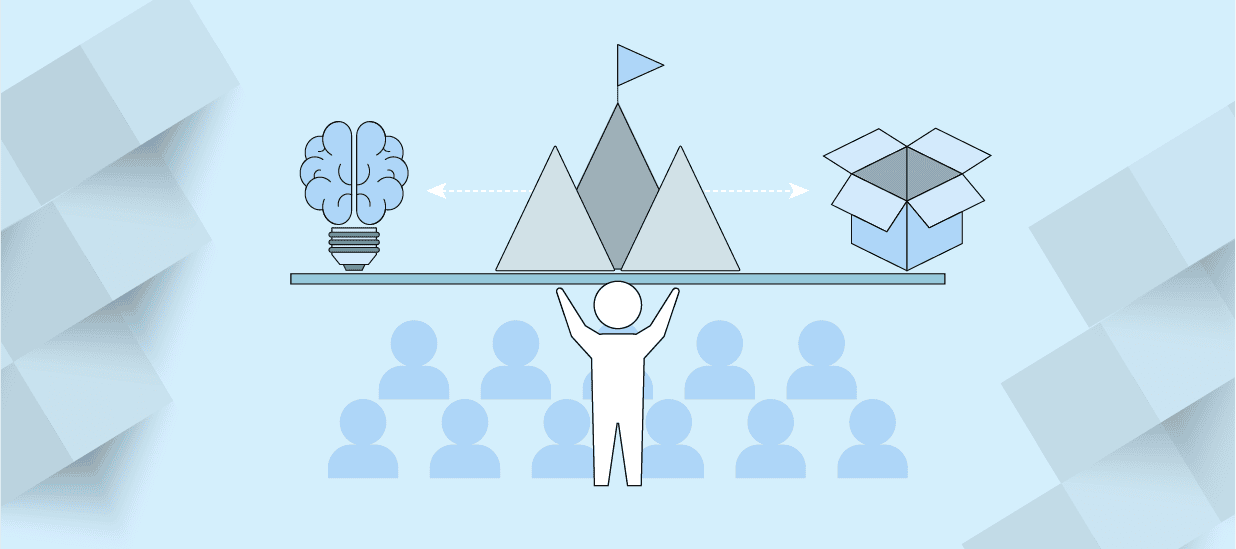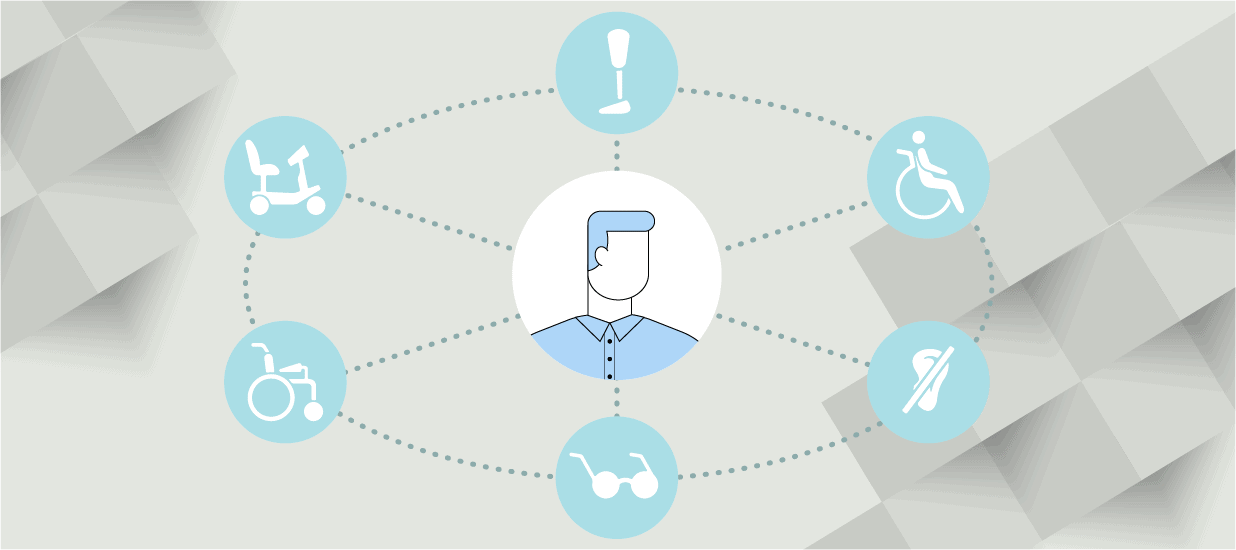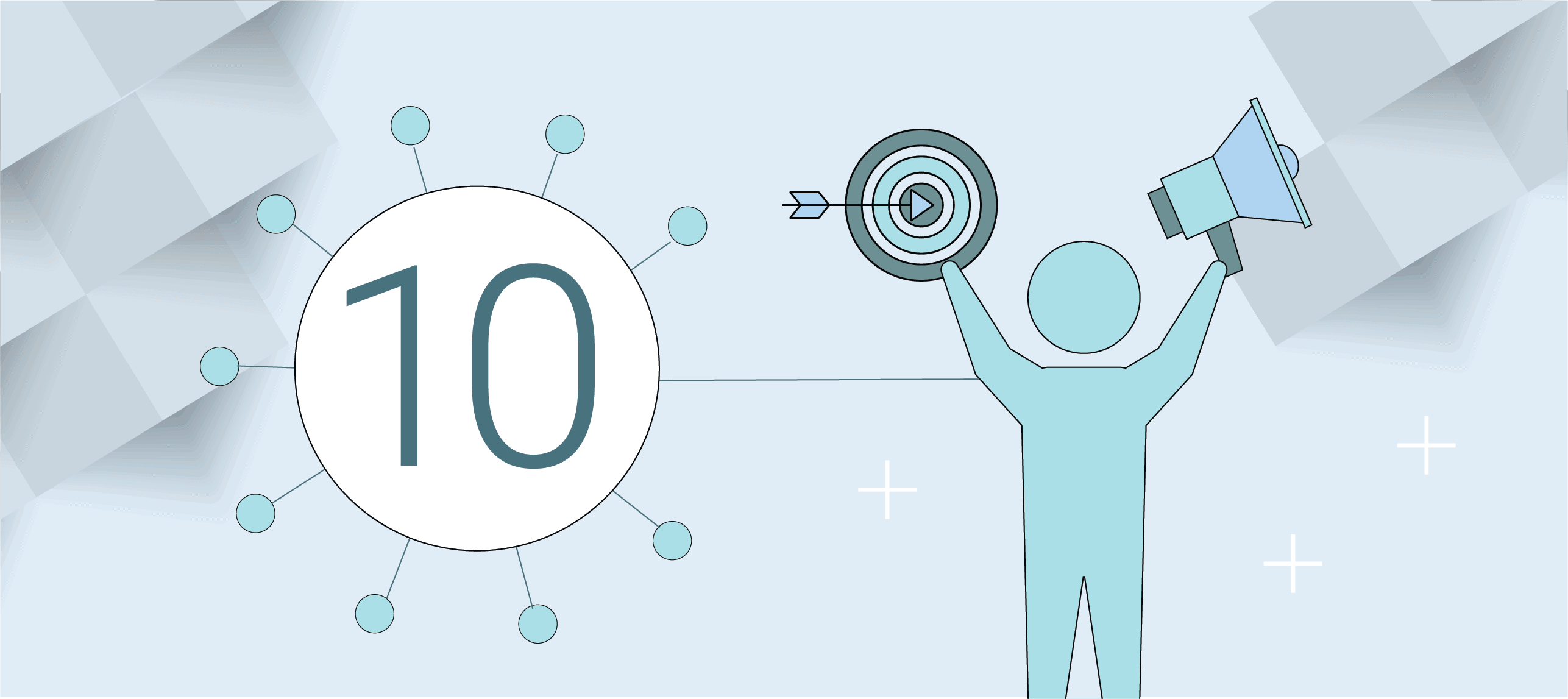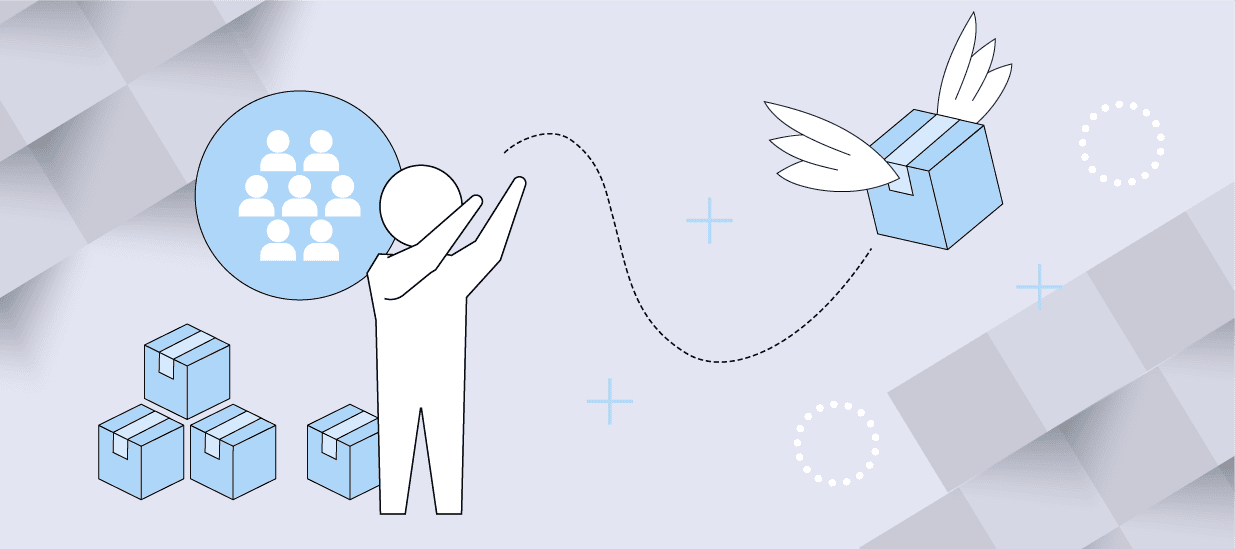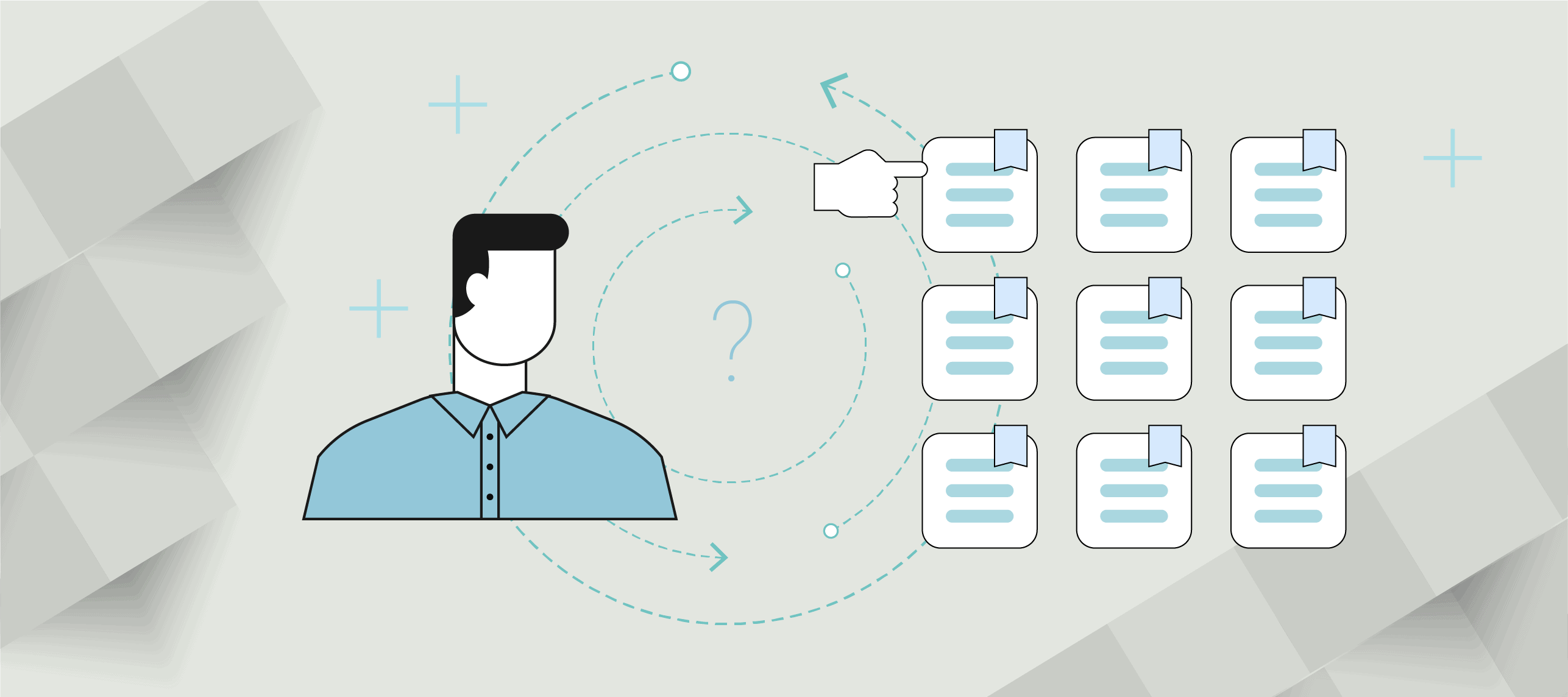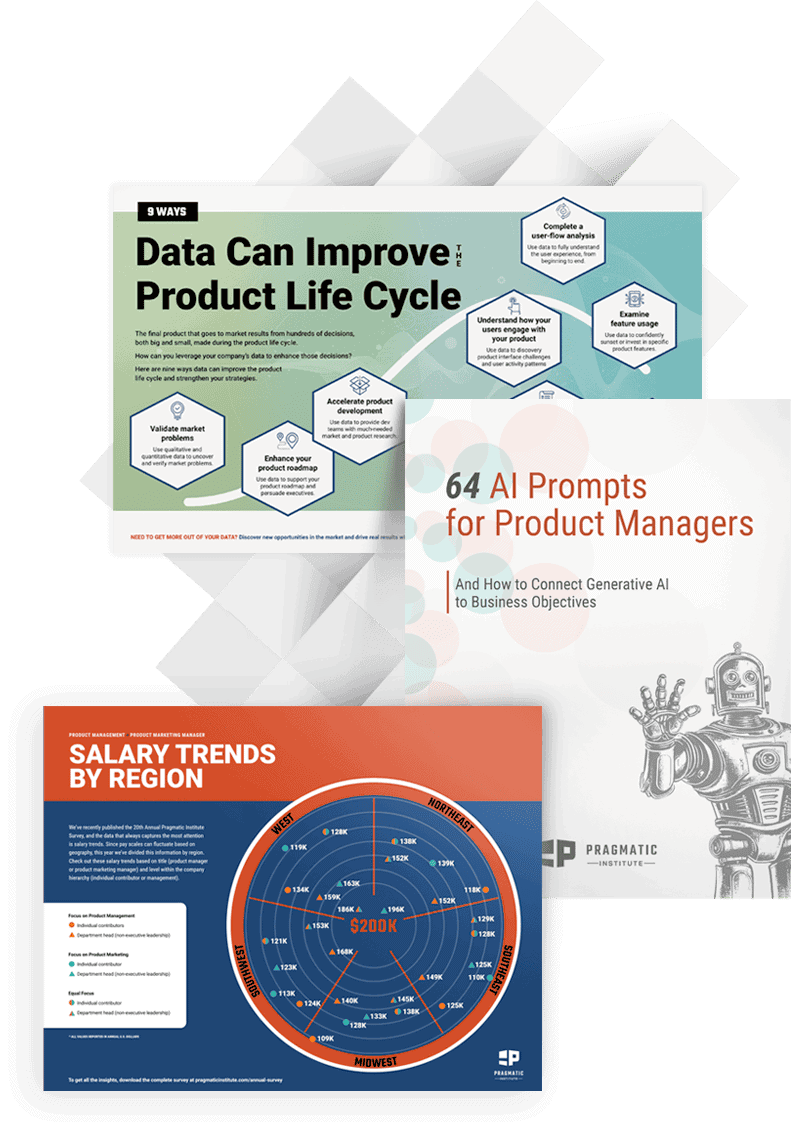5-minute read
This article covers what you need to know about the role of product leadership, with common skills, responsibilities, and challenges.
Successful products don’t happen by chance; they result from strategic product vision, strategy, and execution (not to mention old-fashioned hard work). As product offerings grow and evolve, many teams may identify a need for dedicated guidance and leadership. But what exactly does product leadership do, and how does it differ from product management?
We’ll explore the responsibilities and skills required for product leadership roles and how they differ from product management. Read on to learn more, or jump to a topic:
What is Product Leadership?
Product leadership refers to building and launching successful products through comprehensive product strategy and visionary leadership. It doesn’t just mean product managers with leadership skills. Product leaders are responsible for setting product strategy and overseeing team development. In essence, they shape a company’s culture around products.
How Does Product Leadership Support Business Goals?
Product leaders ensure the company develops products that meet the market’s needs and align new products with the company’s product vision and strategy. They are stewards of the product strategy and ensure that all products support bottom-line goals like driving revenue, capturing new customers, or retaining existing customers.
What are Product Leadership Job Titles?
Product leadership can refer to a specific role or collection of roles responsible for developing and championing products within an organization. It might encompass senior-level team members who oversee the product team and help the company pursue strategic product opportunities. It can include these job titles like:
- Vice President of Product
- Vice President of Product Management
- Head of Product
- Head of Product Management
- Director of Product
- Director of Product Management
- Group Product Manager
- Chief Product Officer (CPO)
- Chief Marketing Officer (CMO)
- Chief Executive Officer (CEO)
Product Leadership Career Path
Product leaders often start in supporting roles such as product manager or marketer. As they advance to senior, director, or even VP of Product or CPO roles, professionals with product experience may take on leadership responsibilities.
Product Leadership Skills
This role requires a blend of technical and product knowledge, general business knowledge and essential leadership skills.
Product leadership aims to create stakeholder engagement and team buy-in to create successful products. It should also foster collaborative and inspired team environments so companies can create and deliver products that fit their markets.
- Leadership: Product leaders with strong leadership skills can confidently guide their teams through periods of stress and uncertainty. This helps create buy-in to the company’s vision from the product team and aligns different teams with strategic product goals.
- Communication: Clear written and verbal communication skills can help communicate complex directives in simple, easy-to-understand ways. Strong presentation skills can also help product leaders advocate for products and plans.
- Data Analysis: Market research and discovery are essential to building good products. Product leaders must interpret complex data to identify pervasive market problems, project returns for product development and understand user feedback.
- Project Management and Prioritization: Although product leaders are not responsible for daily work, they are often responsible for starting projects and may need to support their teams as they guide products to the finish line.
- Business Acumen: Product leaders should understand financial principles, market dynamics and strategic planning.
- Problem-solving: This skill is two-fold: Product leaders should be able to solve problems for customers (after all, this is what product management is all about!) and for their teams. Launching and maintaining products requires cross-functional teams to balance competing needs and priorities.
- Interpersonal skills: Empathizing with other team members and building connections can help identify solutions to complex problems and forge alliances within your company.
Product Leader Responsibilities
Product leaders take on high-level strategic initiatives that ensure product teams are aligned with overarching business goals. Their responsibilities vary between organizations but commonly include:
- Hiring, coaching and mentoring the product team
- Providing data, equipment, time, or logistical support resources
- Projecting costs and revenues
- Setting product development timelines
- Monitor and allocate budgets based on team needs and goals
- Translating company goals into a product vision and working with product teams to develop strategies that support those
Since product leaders are often in senior-level roles, they are typically not responsible for product teams’ day-to-day management or operations.
Product Management vs. Product Leadership: What’s the Difference?
Although product leadership and product management each focus on creating successful products, they have different responsibilities. So, what’s the difference between them?
Product leadership sets the high-level product vision and strategy, whereas product management coordinates the day-to-day work of developing and launching products.
Here are some differences:
- Product leaders often oversee multiple products or product portfolios, while product managers typically oversee specific products or features within a portfolio.
- Product leaders mentor and support career development for their teams, whereas product managers focus on coaching and skill-building for their direct reports.
- Product leaders are primarily responsible for interfacing with C-suite executive teams, investors and other high-profile stakeholders, while product managers are primarily responsible for interfacing with internal teams.
However, product leaders and product managers share some significant similarities:
- Both take on supervisory responsibilities and may manage multiple team members.
- Both roles regularly use product planning, project management, problem-solving and collaboration skills.
- Both leaders and managers leverage data to build and launch products that people really want.
Product leadership roles may vary depending on the company’s size, industry, and allocation of product responsibilities. In small or new companies, executives like the CMO or CEO often take on these roles. Product leaders can also include senior-level team members from other fields, such as engineering or marketing.
Different Companies, Different Responsibilities
Product leaders’ responsibilities can vary depending on the company’s size and growth stage.
Small Companies and Startups: In small teams, employees often wear multiple hats and are responsible for product management, product marketing, sales and customer support. Product leaders may take on responsibilities that typically fall to an entry-level product employee or vice versa. In these contexts, product leaders often must work closely with company founders, who may have a specific vision for product offerings.
Mid-Size and Scaling Companies: Product leaders have many responsibilities but may have more opportunities to specialize and focus on the product vision. They are less focused on launching products and more focused on scaling, retaining customers and acquiring new customers. Product leaders may oversee one or a few product managers, and as the team grows, they can delegate daily operational tasks to their product managers.
Large and Mature Companies: Product teams have more members and are more structured. Having more team members allows product leaders to focus on optimizing existing products, growing their market share and aligning products and features with the company’s wider goals.
What’s the Future of Product Leadership?
Product leadership constantly evolves to meet product teams’ needs and capabilities like other product roles. Product leaders can use AI to improve processes, streamline workflows, and remain competitive in the marketplace. Additionally, they should keep a pulse on new data analytics and reporting tools to gain deeper insight into changing market conditions and customer needs. An increased emphasis on user experience and human-centered design in products requires product leaders to understand design and UI/UX principles.
Above all, product leaders set the tone for their team. For this reason, leaders should encourage their teams to learn and incorporate new technologies into their daily work.
Author
-

The Pragmatic Editorial Team comprises a diverse team of writers, researchers, and subject matter experts. We are trained to share Pragmatic Institute’s insights and useful information to guide product, data, and design professionals on their career development journeys. Pragmatic Institute is the global leader in Product, Data, and Design training and certification programs for working professionals. Since 1993, we’ve issued over 250,000 product management and product marketing certifications to professionals at companies around the globe. For questions or inquiries, please contact [email protected].
View all posts

